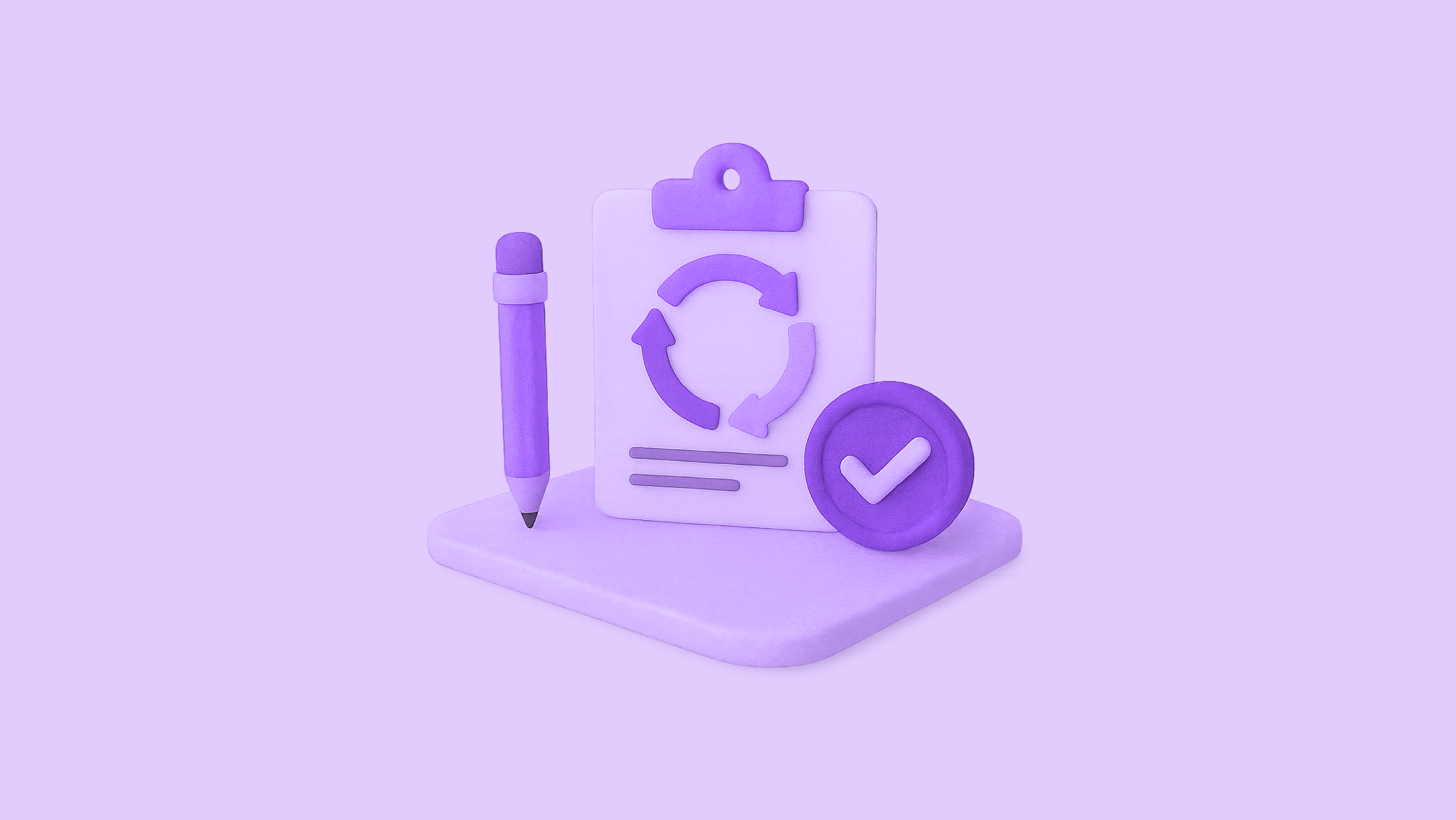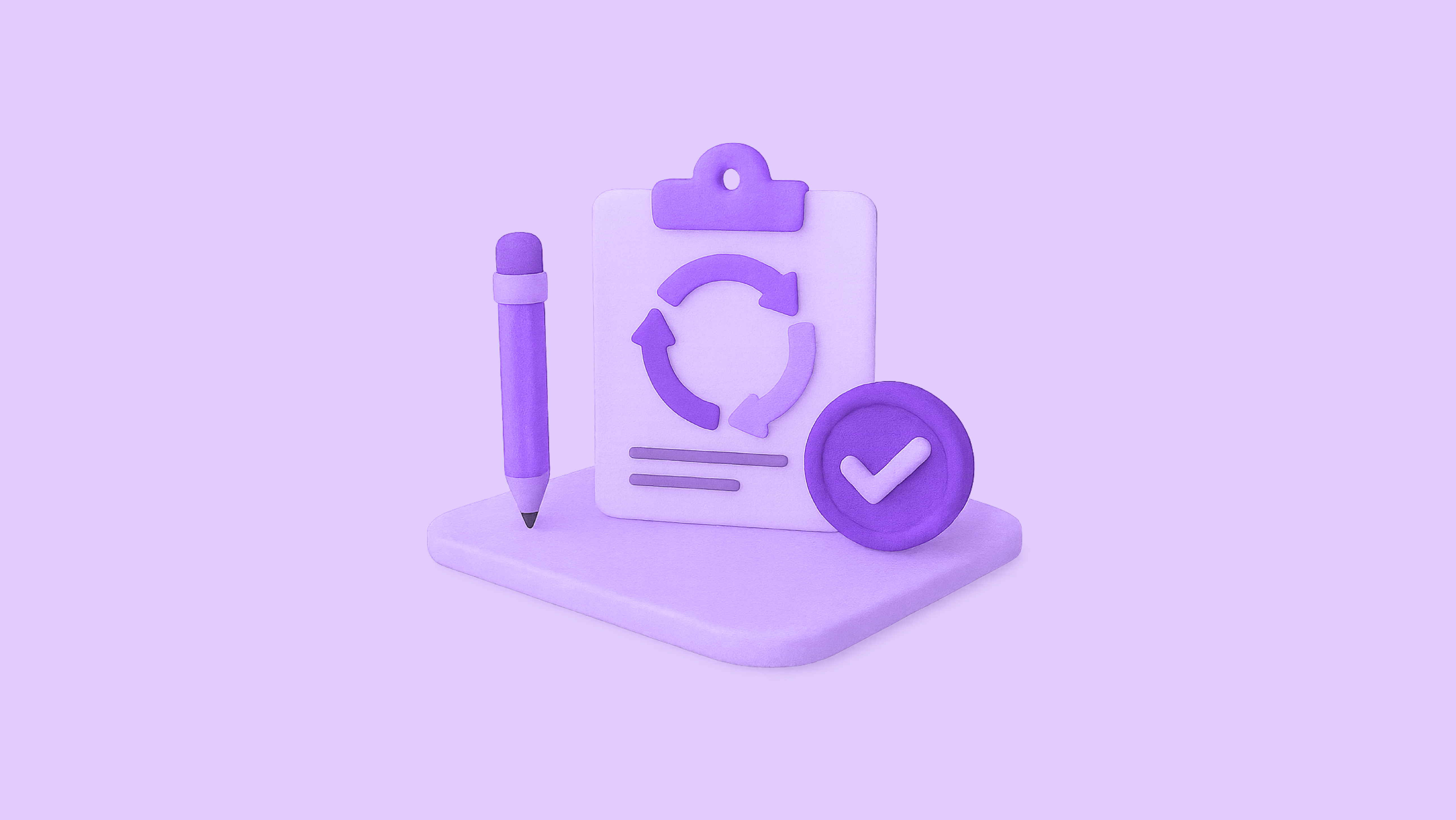Managing vendors effectively is a critical part of any business. Organizations that work with multiple suppliers need a systematic approach to maintain quality, ensure compliance, and optimize costs. Vendor lifecycle management (VLM) software provides a solution by streamlining processes from onboarding to offboarding, helping businesses maintain strong relationships with their suppliers.
This blog outlines a practical framework for evaluating vendor lifecycle management software, guiding businesses to select the right tools for their operations.
Understanding Vendor Lifecycle Management
Vendor lifecycle management refers to the process of managing the complete relationship with suppliers, from the initial onboarding to the eventual offboarding. A strong vendor lifecycle strategy ensures that organizations can monitor supplier performance, reduce risks, maintain compliance, and improve operational efficiency.
The key stages in the vendor lifecycle include:
- Onboarding: Collecting supplier information, verifying credentials, and integrating them into the company’s systems.
- Performance Management: Monitoring the quality, delivery, and reliability of suppliers.
- Risk Assessment and Compliance: Ensuring suppliers adhere to regulatory and contractual obligations.
- Offboarding: Ending relationships in a structured way while maintaining necessary records.
VLM software supports these stages through automation, dashboards, and analytics, providing a comprehensive approach to vendor management.
Identifying Your Business Needs
Before evaluating any software, it is essential to understand your organization’s specific requirements. Different businesses have different supplier profiles, industry regulations, and operational complexities.
Key factors to consider include:
- Company Size and Supplier Base: Large organizations with numerous suppliers require more scalable software solutions, while smaller firms may prioritize simplicity.
- Regulatory Requirements: Depending on the industry, suppliers may need to comply with local or international standards. Software must support compliance tracking.
- System Integration: A vendor management tool should integrate with existing enterprise systems such as ERP, finance, or procurement platforms.
Identifying these needs early helps narrow down options and ensures that the chosen software aligns with organizational objectives.
Key Evaluation Criteria for Vendor Lifecycle Management Software
When evaluating software, businesses should focus on features that improve efficiency, visibility, and control across the vendor lifecycle. Some critical criteria include:
- Vendor Lifecycle Software Features
The software should offer comprehensive functionality covering all stages of the vendor lifecycle. Key features to look for include automated onboarding, document management, risk assessment tools, and performance tracking dashboards. - Vendor Onboarding Process Software
Onboarding is a crucial stage where businesses gather supplier information, verify credentials, and establish contractual agreements. A robust onboarding module simplifies this process, reducing manual errors and speeding up supplier registration. - Supplier Relationship Management Framework
Effective supplier relationship management is essential for long-term collaboration. The software should allow businesses to track interactions, monitor contract terms, and maintain communication records. A strong framework helps in evaluating supplier performance and addressing issues proactively. - Vendor Performance Tracking System
Continuous monitoring of supplier performance ensures that organizations receive consistent quality and timely delivery. Look for software with real-time dashboards, KPI tracking, and reporting tools that allow businesses to identify trends, address concerns, and reward high-performing vendors. - Integration and Scalability
The software should integrate seamlessly with existing systems, enabling smooth data flow between procurement, finance, and compliance departments. Scalability is equally important, allowing the system to handle growth in the number of vendors and the complexity of operations. - Security and Compliance
Data protection is critical when dealing with vendor information. Ensure that the software meets security standards and provides tools for regulatory compliance and audit readiness. - User Experience and Support
A user-friendly interface reduces training requirements and encourages adoption across teams. Vendor support services, training resources, and implementation assistance also play a vital role in a successful deployment.
Vendor Assessment Framework
Once the evaluation criteria are defined, businesses can use a structured approach to compare software options. A scoring system can be created to rate software based on feature coverage, cost, flexibility, and vendor reputation.
Involving stakeholders from procurement, finance, legal, and IT departments ensures that all perspectives are considered. This approach not only helps in selecting software that meets functional requirements but also facilitates smoother adoption across the organization.
Implementation Considerations
Selecting the right software is only the first step. Effective implementation ensures the full potential of the tool is realized. Key considerations include:
- Data Migration: Plan for secure transfer of existing supplier information to the new system.
- Staff Training: Provide training to all users, emphasizing features that support daily workflows.
- Change Management: Communicate the benefits of the software to stakeholders and address concerns proactively.
- Continuous Monitoring: Regularly review system usage, supplier performance, and process improvements to maximize value.
By focusing on these considerations, businesses can ensure a smooth transition and sustained benefits from their vendor lifecycle management software.
Conclusion
A structured approach to evaluating vendor lifecycle management software helps businesses select tools that streamline processes, improve supplier relationships, and ensure compliance. By focusing on vendor lifecycle software features, a robust vendor onboarding process, a supplier relationship management framework, and an effective vendor performance tracking system, organizations can make informed decisions that support long-term growth.
Investing time in evaluating software and aligning it with business needs ultimately leads to stronger supplier relationships, operational efficiency, and risk mitigation. A well-chosen solution becomes a strategic asset, enabling organizations to manage their vendors more effectively and drive better business outcomes.





